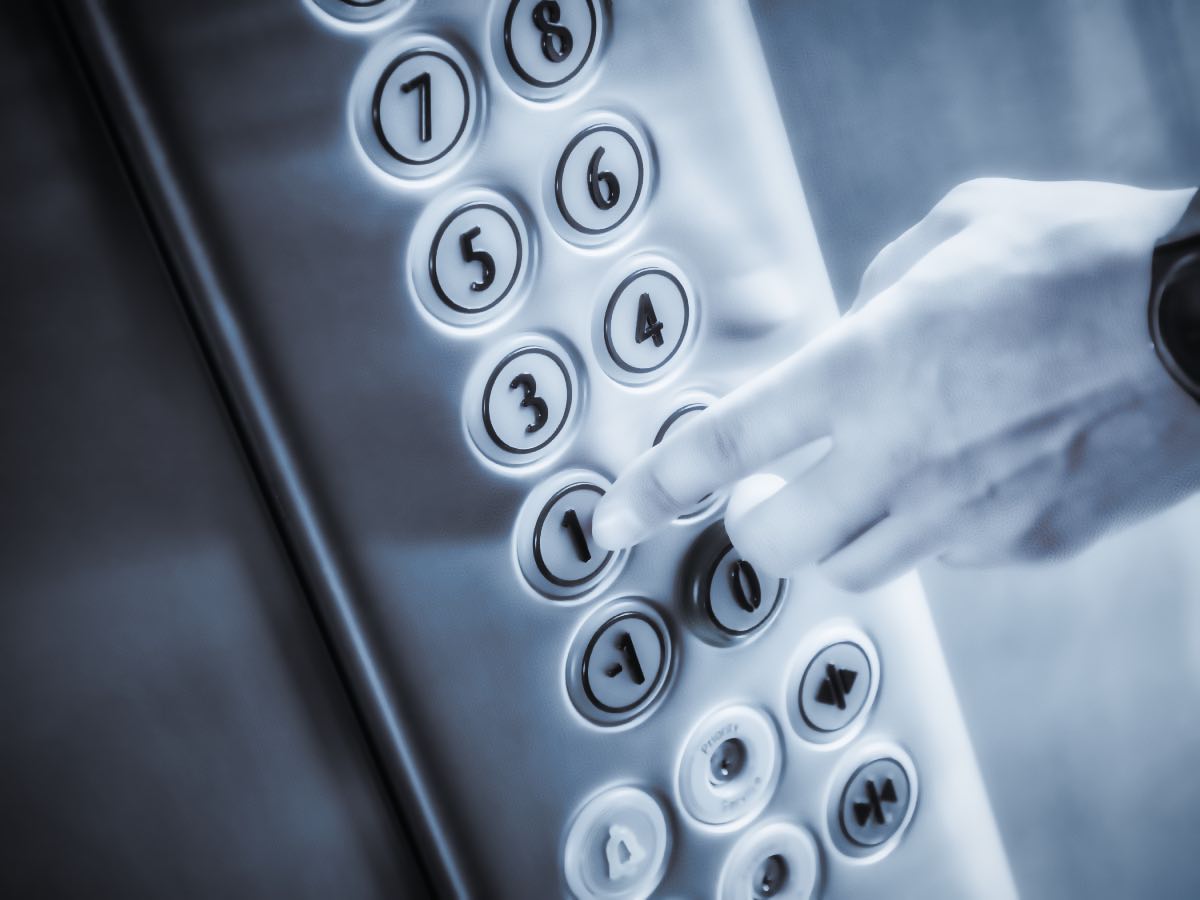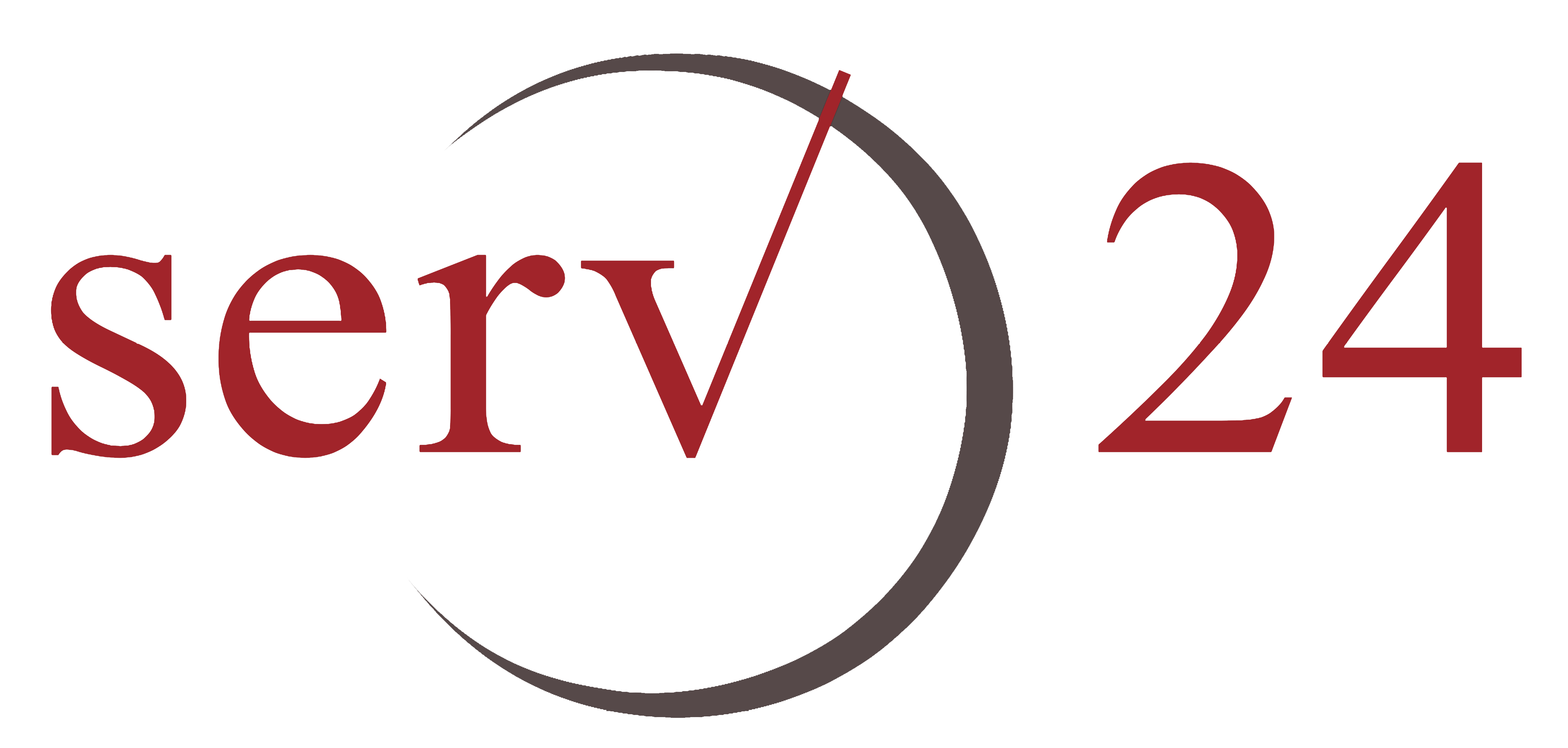UCP Alarm Management Platform

The UCP Alarm Management Platform is a versatile system which combines the potential of multimedia and IoT technologies to simplify the deployment and ensure the reliability and efficiency of alarm call handling.
UCP connects alarm devices from numerous manufacturers and provides comprehensive, role-based dashboards for device management, alarm call handling and analytics.
In compliance with common standards, UCP leverages eminently the safety and the service quality, in areas such as the elevator industry, in smart cities or in public transportation.
Legacy Integration
IP-conversion for existing devices such as alarm call devices or remote-control equipment using analog telephony: Direct conversion locally with the UCP adapter or cloud-based conversion over PSTN.
Alarm & Monitoring
Cloud based alarm call handling system with multivendor alarm device support for PSTN and IP based communication. Local conversion from analog signal protocols (DTMF, SELCAL, V.24) to IP based communication (with optional UCP adapter).
2G / 3G Replacement
4G/VoLTE and future technologies begin to replace 2G and 3G in telecom networks: UCP along with its companion, the UCP adapter provides future proof migration paths for existing installations with 2G/3G technology.

